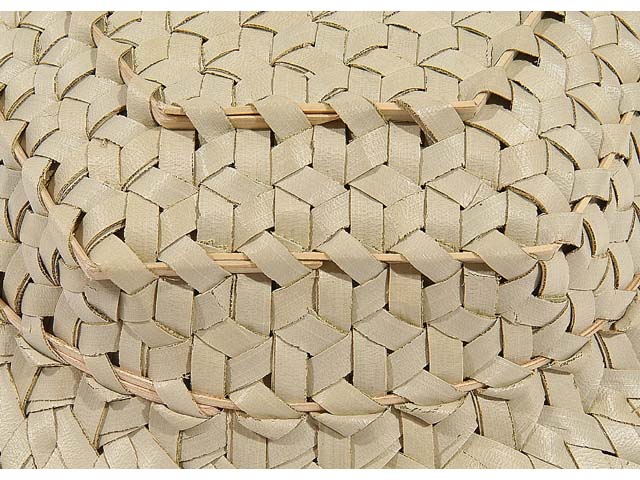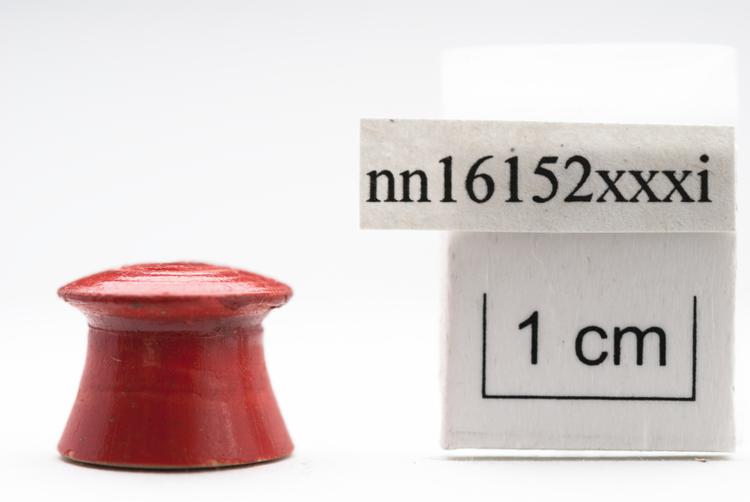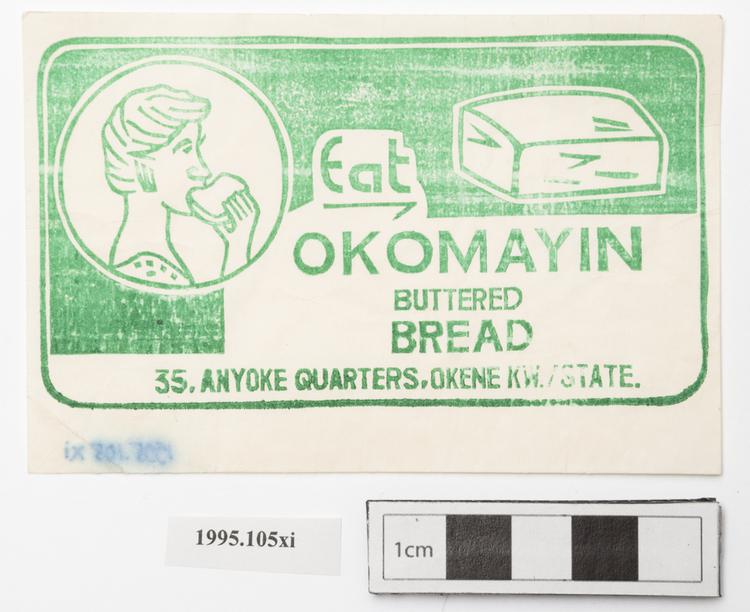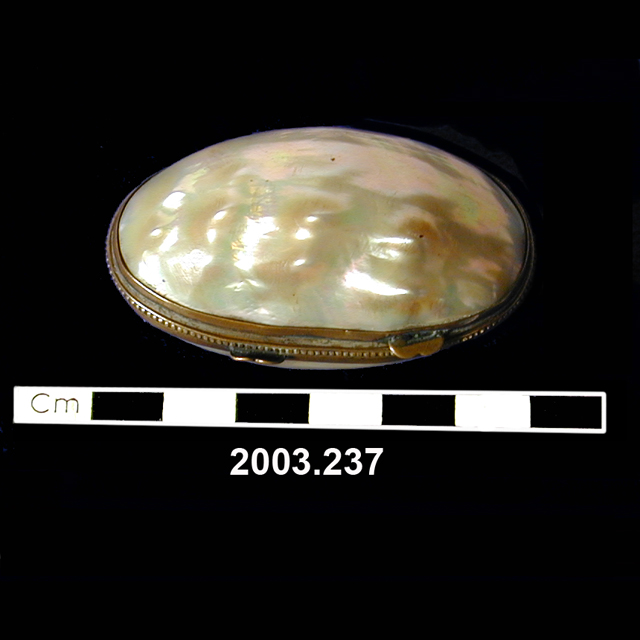Wooden Adinkra textile stamp. Design is called 'Akoko nan tia ba, na ennkum ba: the hen treads upon its chicken but it does not kill them' and means you may sometimes trample upon your child, but you can't deny him or her the right of existence.
Used for stamping symbols onto cotton cloth known as Adinkra.This tradition comes from the Ashanti people for whom the Adinkra symbols have special meaning. They remind people of some well known sayings and proverbs which give them advice to help them through life. The stamp is dipped into vegetable dye and pressed down onto the cloth using a rolling movement as the stamp is slightly curved. This is repeated many times to create a repeat pattern which covers the whole of the cloth. Adinkra cloth printed with these symbols is traditionally worn at funeral ceremonies because the symbols chosen represent the qualities and beliefs of the deceased and the sentiments of the mourners for the deceased. Although the background colour of the Adinkra cloth may vary, black, white and russet brown are traditional mourning colours. Red cloth is traditionally worn by the sons and daughters of the deceased and also the chief female mourners. There are about 400 known Adinkra symbols but the meanings of some of them have been lost over time. The symbols are stylized drawings of everyday objects, animals, plants, and even historic hairstyles! Their meanings often reflect proverbs, beliefs, sentiments and advice. For example, Funtunfunafu is four crocodile heads sharing one body and reminds us of the need for unity and working together. Another example is the stylized hair comb Duafo which represents feminine virtues such as tenderness and consideration. The Adinkra symbols are thought to have been adopted by the Ashanti from the people of Gyaman, now the Ivory Coast, (see Connected Stories). Funerals are very important in Ghana and funeral celebrations last several days and incorporate much eating and drinking with ritual offerings to spirits and traditional dances performed by women. The extended family will travel from far and wide to attend a funeral and the entire village will also come to pay their last respects.






